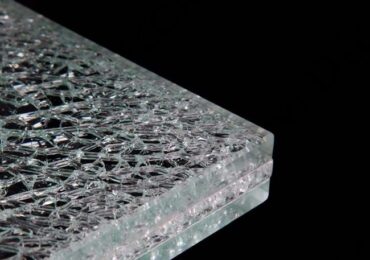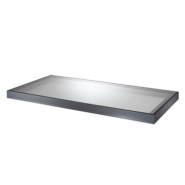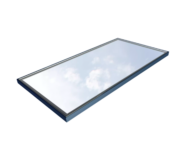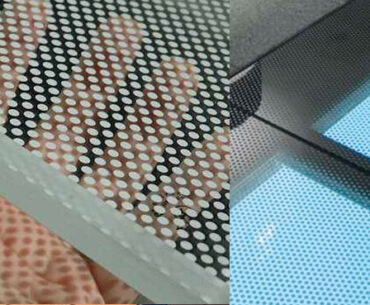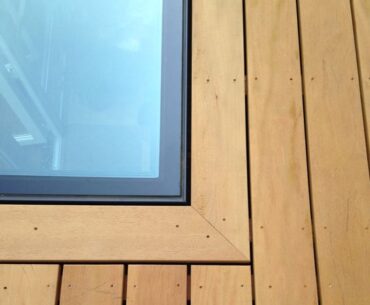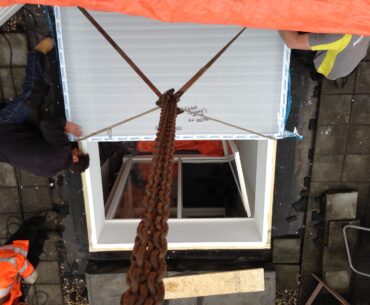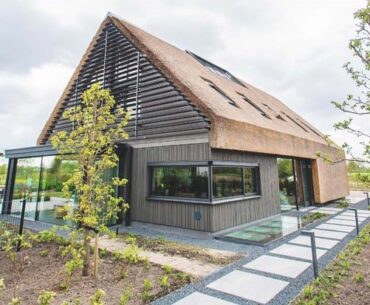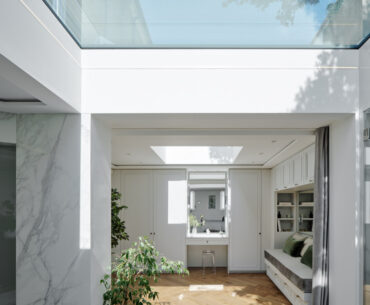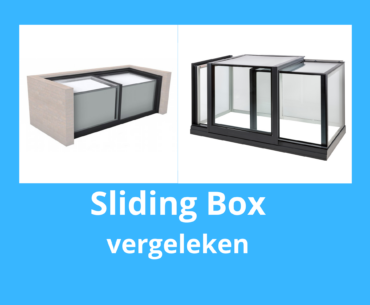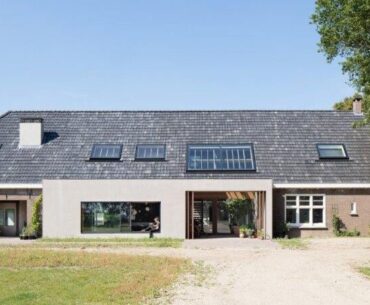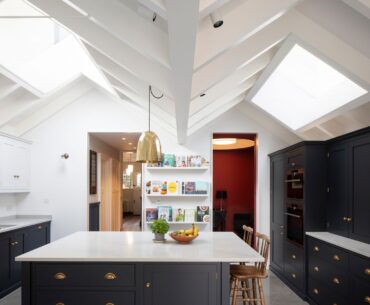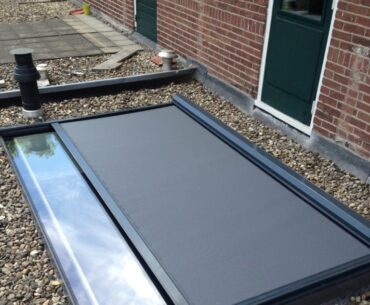
Explanation: glass specifications explained
Double, triple, or laminated glass: essential glass specifications for Roof Access Hatches and Rooflights
When selecting a glass roof access hatch or rooflight, premium glass specifications are key to ensuring top performance and longevity. Quality glass not only enhances aesthetics but also provides essential insulation to meet the standards of your project.
Standard double glass: tempered with insulation comparable to HR++
Our standard double glass offers robust insulation properties comparable to HR++. Its unique glass specifications include:
- HST tempered glass for safety
The glass undergoes Heat Strength Toughening (HST), a thermal treatment that makes it extra strong and resistant to large temperature variations. This safety feature ensures that, like glass used in car windows, it shatters into small, less harmful pieces if broken. - Argon-filled cavity
The space between the glass layers is filled with argon gas, enhancing insulation beyond what dry air offers and contributing to better overall energy efficiency. - Low E Coating for thermal efficiency
A special low-E coating on the inner layer reduces heat loss, keeping warmth outside in the summer and inside in the winter, all without compromising light transmission.
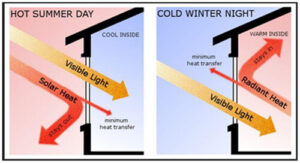
Triple glass: Elevating insulation to HR+++
For even better insulation, opt for triple glass, which has three glass layers and two argon-filled cavities. This setup provides an impressive HR+++ insulation level, meeting stringent standards, including those for passive homes. To achieve this, glass specifications such as a U-value below 0.8 W/m²K are necessary. Note that U-values can vary based on glass size; narrower sheets tend to have higher U-values.
Laminated glass: Multi-layered safety glass
Laminated glass, also known as safety glass, is made up of multiple glass layers with transparent PVB foil between them. If broken, the foil holds the glass together, preventing large gaps. The glass specification here depends on the thickness of the glass and the number of foil layers, which can be adjusted as needed. However, note that the maximum length for laminated glass is typically smaller than for double or triple glass, with a standard maximum of 3,100 mm compared to 4,150 mm.
Opal glass: Privacy and light transmission
For bathrooms or spaces where daylight is needed without transparency, we offer opal glass with a white inner layer. This layer provides privacy without sacrificing light transmission, making it ideal for areas where visibility needs to be controlled.

Which glass specifications are right for your project?
Glass standards vary by country and application. Dutch Roof Design offers expert advice to help you select the best glass specifications for your project, ensuring optimal performance and compliance with local standards.
Discover the products in this article
Blog
With endless possibilities, it is helpful to find the right inspiration. Below you can see all our realized and possible solutions in one overview.
View all
